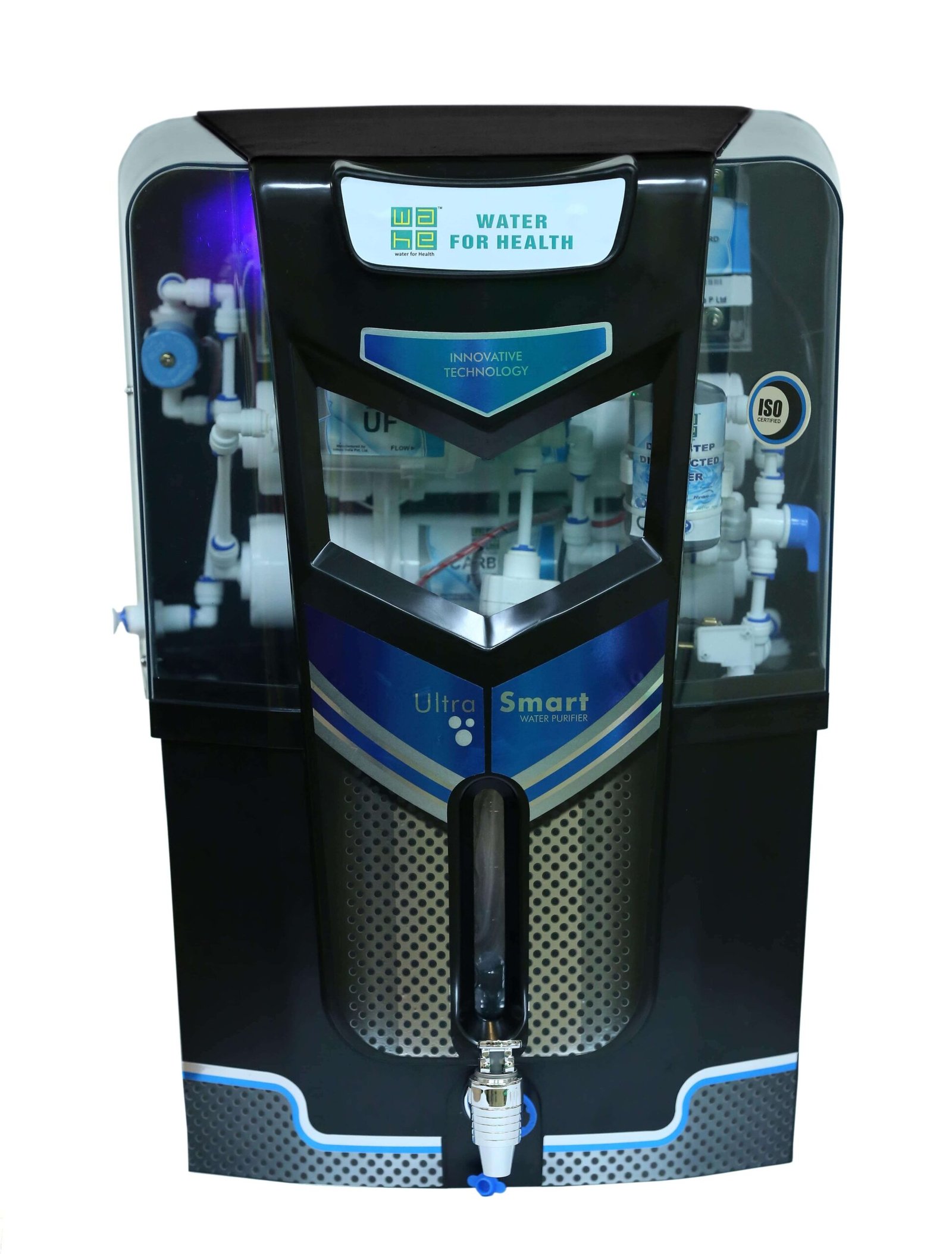
Hydro-dis Technology
The Hydro-dis® system is a unique water disinfection technique that uses the electro catalytic break down of water to instantly destroy all waterborne micro-organisms – bacteria and viruses including micro-flora, while simultaneously converting chloride ions into chlorine leaving required level of residual disinfection in the treated water. This gives a secondary disinfection ensuring sustained microbiological control. Hydro-dis® replaces all traditional disinfection techniques such as chemical dosing (sodium hypochlorite and chlorine gas), ultraviolet irradiation and ozonisation with a cost-effective, environmentally friendly, modular and portable system. This refined and improved technology can now be applied to a wide variety of water use applications ranging from potable drinking water through to wastewater (sewage) and any application in between.
Dual Disinfection
Hydro-dis® generates hydroxyl radicals (short lived powerful oxidisers) from water, which destroy all living microorganisms instantly providing a primary disinfection. It simultaneously generates measurable concentration of chlorine as hypochlorite, another powerful sanitiser to provide a residual disinfection in water to keep it safe for 48 – 72 hours.
This residual disinfection protects water lines by destroying bacteria, algae, viruses and fungi, thus keeping water circuits safe from formation of biofilms and algal deposits commonly found in water. This residual protection can persist within the treated water for several days.
The Hydro-dis® technology is an approved dual disinfection system under AS/NZ Standard 3666 and the Public and Environmental Health (Legionella) Regulations and also holds the Australian Standard 4020:2005 Testing of Products for use in Contact with Drinking Water.
 Loading...
Loading...
How Does Water Testing Work?
We rely on water in more ways than we realize. And we think it’s important to know what’s in it. Testing the makeup of your water is the first step to fresher, better-tasting water every day. Here’s how it works:
- We’ll sample your tap water and test it right in your kitchen
- Results can vary, but generally, the test takes 10 minutes
- When the test is complete, we’ll share the results with you and discuss options for addressing any water problems

Source of water has TDS Less than 350/500
Source of water has TDS Less than 350/500
How InNow Finds Best Technologies Across the Globe ?
We continuously interact and exchange ideas with water experts from across the globe to get their valuable input for addressing water scarcity in India. Please Check FAQ's for more info .
How InNow Finds Best Technologies Across the Globe ?
- We Invest time in Identifying the Root cause of the problem and developing perfect solution .
- We Believe in transparent & ethical Work that earns long term results
- We are Meticulous in our Approach and Constantly explore new technologies which are cost effective and Easy to maintain
- We Make Sure to comply with Regular Standards
- We are continuously striving to leave better environment for future generations
How can I tell if there are contaminants in my water?
A basic water test from InNow is free and as easy as scheduling an appointment with our agent online . Please Fill in the Form to continue .
When and why should I test my water?
Test water every year for total coliform bacteria, nitrates, total dissolved solids and pH levels, especially if you have a new well, or have replaced or repaired pipes, pumps or the well casing.
Why you should not drink RO Water?
One of the major disadvantages of RO systems for the home is that they remove most of the minerals from the water leaving it with an acidic pH. Also, during the purification process, up to 20 gal of water is flushed down the drain for every gallon of filtered water produced

